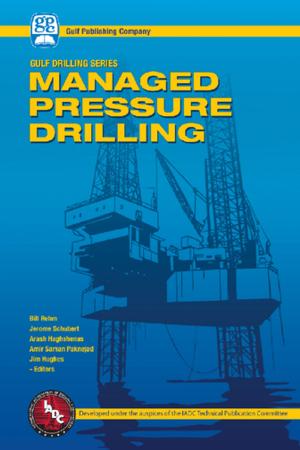Natech Risk Assessment and Management
Reducing the Risk of Natural-Hazard Impact on Hazardous Installations
Nonfiction, Science & Nature, Technology, Engineering, Industrial, Business & Finance, Industries & Professions, Insurance| Author: | Elisabeth Krausmann, Ana Maria Cruz, Ernesto Salzano | ISBN: | 9780128038796 |
| Publisher: | Elsevier Science | Publication: | November 1, 2016 |
| Imprint: | Elsevier | Language: | English |
| Author: | Elisabeth Krausmann, Ana Maria Cruz, Ernesto Salzano |
| ISBN: | 9780128038796 |
| Publisher: | Elsevier Science |
| Publication: | November 1, 2016 |
| Imprint: | Elsevier |
| Language: | English |
Natech Risk Assessment and Management: Reducing the Risk of Natural-Hazard Impact on Hazardous Installations covers the entire spectrum of issues pertinent to Natech risk assessment and management. After a thorough introduction of the topic that includes definitions of terms, authors Krausmann, Cruz, and Salzano discuss various examples of international frameworks and provide a detailed view of the implementation of Natech Risk Management in the EU and OECD.
There is a dedicated chapter on natural-hazard prediction and measurement from an engineering perspective, as well as a consideration of the impact of climate change on Natech risk. The authors also discuss selected Natech accidents, including recent examples, and provide specific ‘lessons learned’ from each, as well as an analysis of all essential elements of Natech risk assessment, such as plant layout, substance hazards, and equipment vulnerability.
The final section of the book is dedicated to the reduction of Natech risk, including structural and organizational prevention and mitigation measures, as well as early warning issues and emergency foreword planning.
- Teaches chemical engineers and safety managers how to safeguard chemical processing plants and pipelines against natural disasters
- Includes international regulations and explains how to conduct a natural hazards risk assessment, both of which are supported by examples and case studies
- Discusses a broad range of hazards and the multidisciplinary aspects of risk assessment in a detailed and accessible style
Natech Risk Assessment and Management: Reducing the Risk of Natural-Hazard Impact on Hazardous Installations covers the entire spectrum of issues pertinent to Natech risk assessment and management. After a thorough introduction of the topic that includes definitions of terms, authors Krausmann, Cruz, and Salzano discuss various examples of international frameworks and provide a detailed view of the implementation of Natech Risk Management in the EU and OECD.
There is a dedicated chapter on natural-hazard prediction and measurement from an engineering perspective, as well as a consideration of the impact of climate change on Natech risk. The authors also discuss selected Natech accidents, including recent examples, and provide specific ‘lessons learned’ from each, as well as an analysis of all essential elements of Natech risk assessment, such as plant layout, substance hazards, and equipment vulnerability.
The final section of the book is dedicated to the reduction of Natech risk, including structural and organizational prevention and mitigation measures, as well as early warning issues and emergency foreword planning.
- Teaches chemical engineers and safety managers how to safeguard chemical processing plants and pipelines against natural disasters
- Includes international regulations and explains how to conduct a natural hazards risk assessment, both of which are supported by examples and case studies
- Discusses a broad range of hazards and the multidisciplinary aspects of risk assessment in a detailed and accessible style















